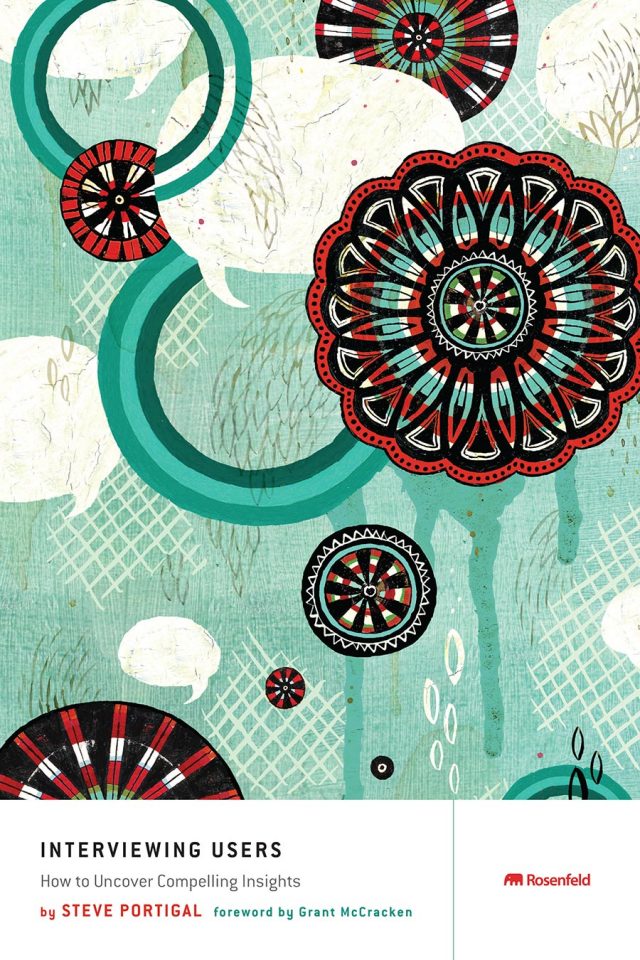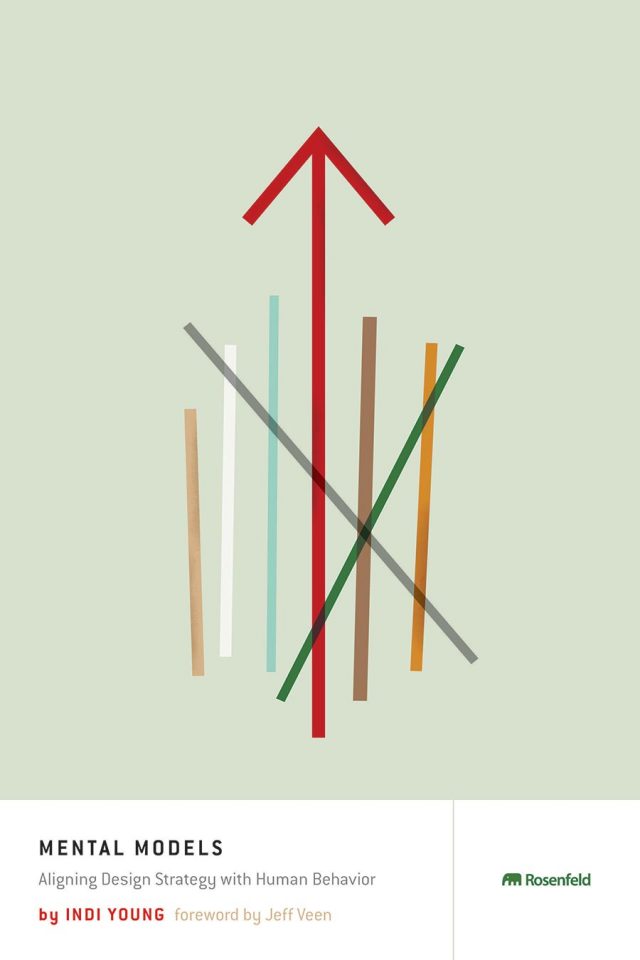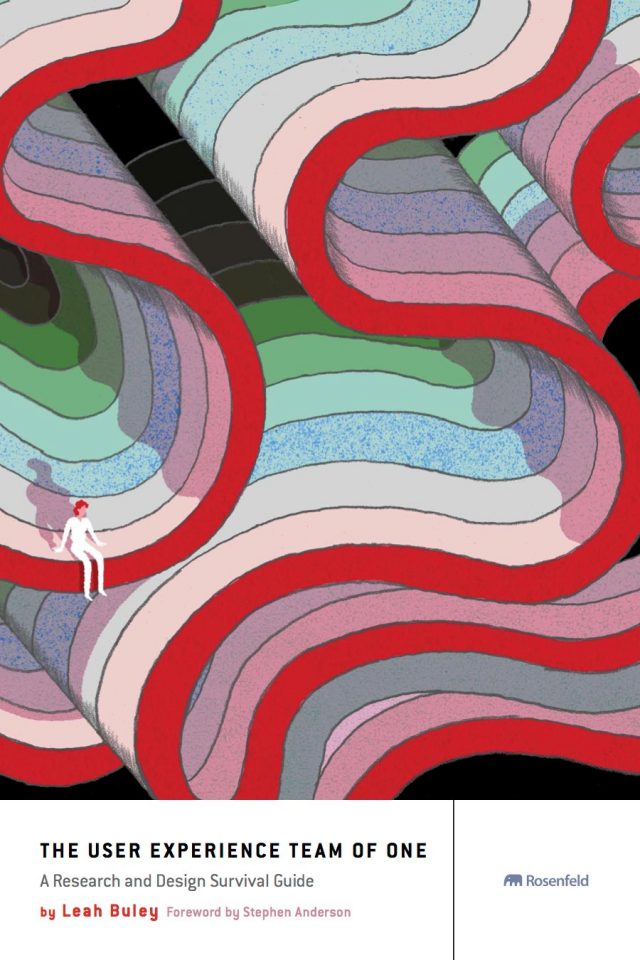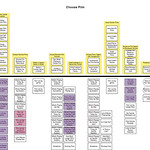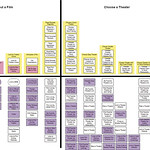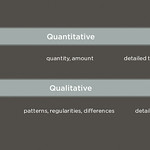I am grateful to the people who offered enthusiasm, critique, and support. Thank you.
For sticking with me through the journey of making this book happen: Lou Rosenfeld
For his charming illustrations, which express the concepts in ways that words would fail: Brad Colbow
For background discussions, references, and pointers: Shujie Zhu, Stephanie Noble, Karl Fast, Mike Oren, Daniel Szuc, Peter Morville, Brian Winters, Lisa Lurie, Julie Ratner, Karen Lindemann, Murray Grigo-McMahon, Kristian Simsarian, Troy Effner
For conceptual critique, over food and/or chocolate: Christina Wodtke, Rainey Straus, Poornima Vijayashanker, Harry Max, Ted Weinstein, David Kadavy
For inspiring tweets, articles, and presentations: Erika Hall, Kim Goodwin, Leah Buley, Kelly Goto, Karen McGrane, Irene Au, Nilofer Merchant, Nate Bolt, Dave Gray, Dan Brown, Marcin Treder, Mark Weiser, Patrick Whitney, Dana Chisnell, Brene Brown, Cheryl Strayed, Rebecca Mauleon, Pema Chodron, Alain de Botton, Seth Godin, David Kelley, Tom Kelley, James Thurber, Dan Klyn, Daniel Goleman
For the review and critique of drafts: Carolyn Wan, Julie Hamwood, Mike Oren, Susan Weinschenk, Peter Morville, Daniel Szuc, Jonathan Baker, Alisan Atvur, Lou Rosenfeld
For suggesting good FAQs: Stefan Freimark, Andrew Fung
For helping me out of linguistic conundrums and mild aphasia: Grammar Girl, Thesaurus.com, Philip Ramsey, Marta Justak
For reminding me to write in a translatable way: Stanley Chung, Masaki Sawamura, Wen Kai Qi, Jikun Liu
For keeping me healthy: Lucy Simon, Marjorie Forman, Gus Young



